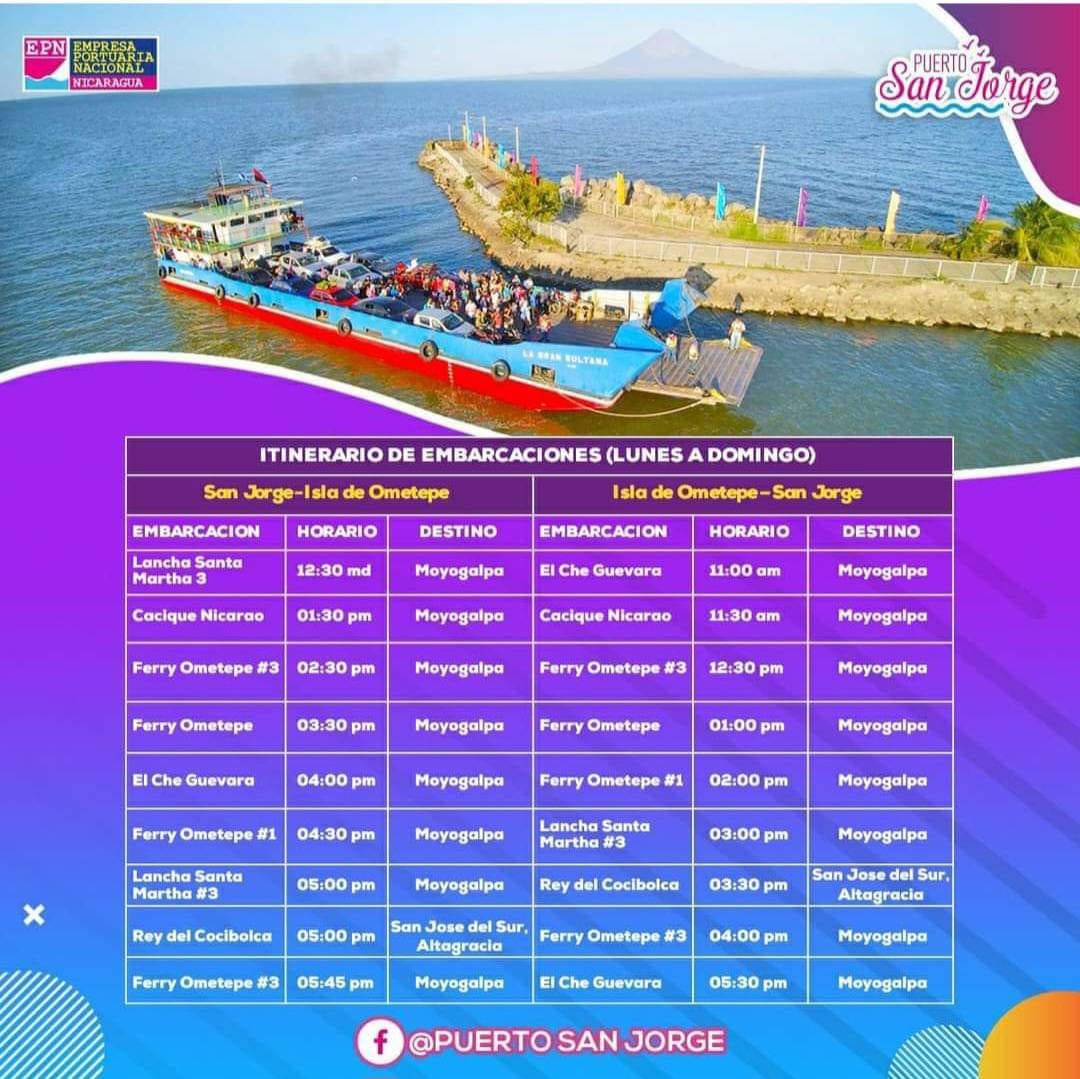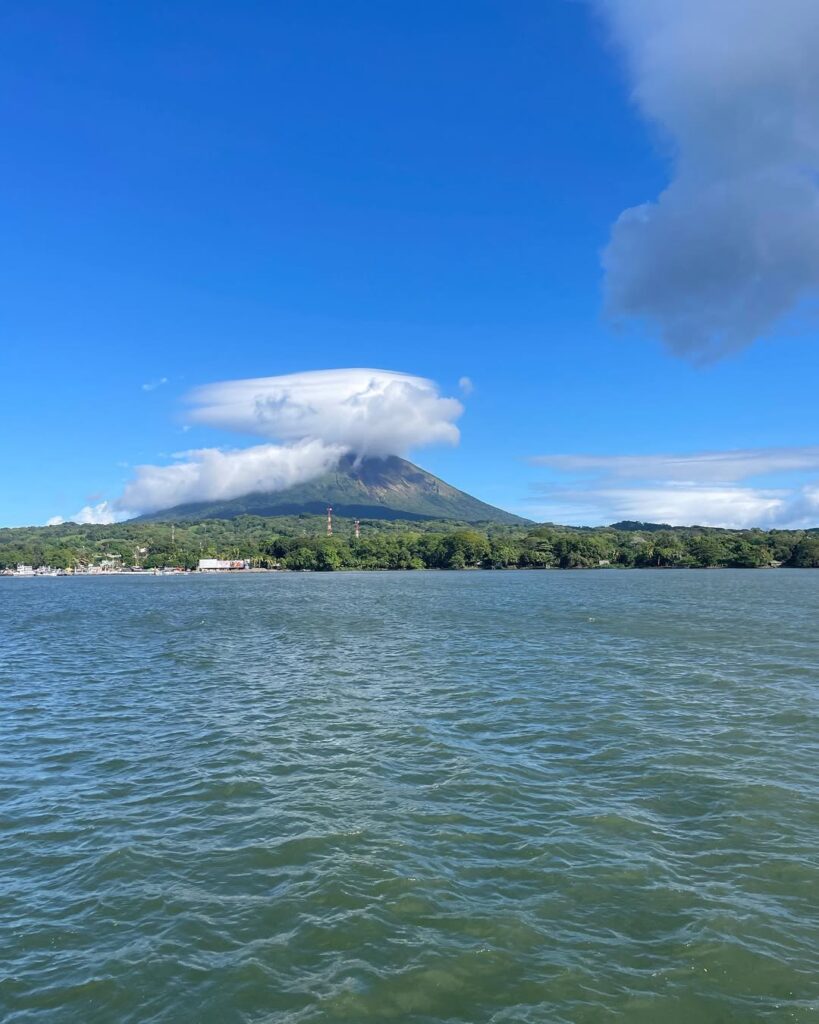
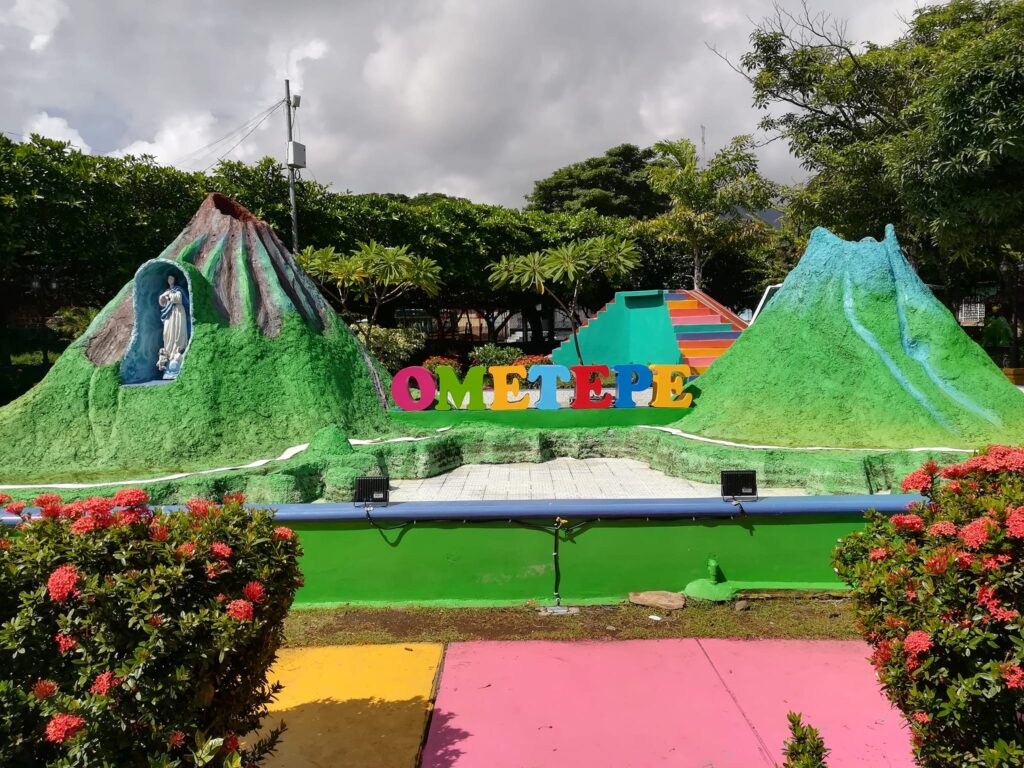
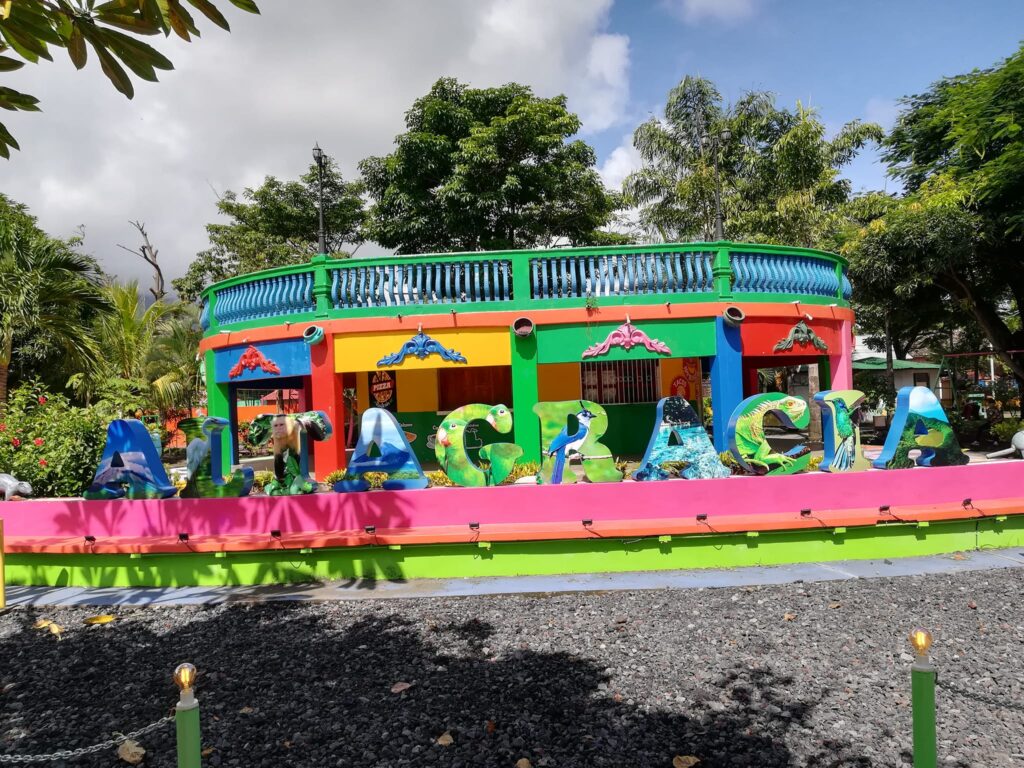
The isthmus that connects both volcanoes is made up of fertile, flat lands mainly used for agriculture and livestock. Surrounding it are volcanic sand beaches, small rivers, and abundant tropical vegetation. The island has an area of approximately 276 km², making it the largest volcanic island in the world located within a freshwater lake. Its climate is tropical, with well-defined dry and rainy seasons.
Although Ometepe is not officially listed among the Seven Wonders of the World, it is proudly considered one of Nicaragua’s natural wonders. Formed by two majestic volcanoes rising from the freshwater Lake Nicaragua, Ometepe captivates visitors with its stunning landscapes, rich biodiversity, and unique geological formation.
Recognized both nationally and internationally, the island is a symbol of natural beauty and cultural heritage. Its lush rainforests, black sand beaches, mystical waterfalls, and breathtaking views make it a truly unforgettable destination. Ometepe has even been designated as a UNESCO Biosphere Reserve, highlighting its ecological and environmental importance.
Ometepe lifestyle is peaceful and deeply connected to nature. Life on the island is simple and slow paced offering a break from busy city life. Most people live through farming fishing and small local businesses. Community and family play a big role with gatherings and festivals being common.
Many locals and visitors enjoy sustainable living and eco friendly practices. Internet and modern services are available but limited compared to urban areas encouraging a more mindful grounded way of living.
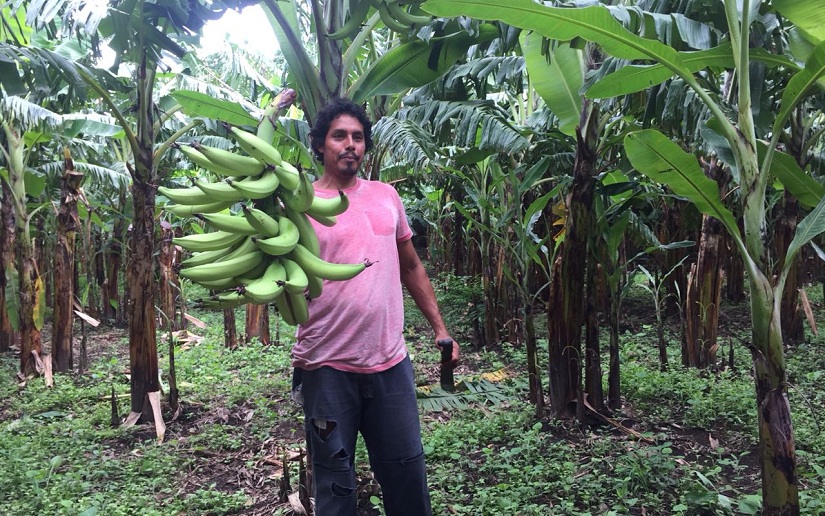
Information about Ferry schedules.
